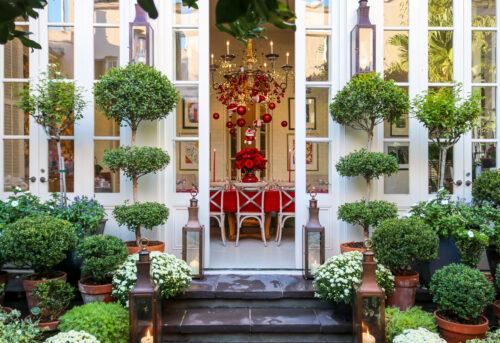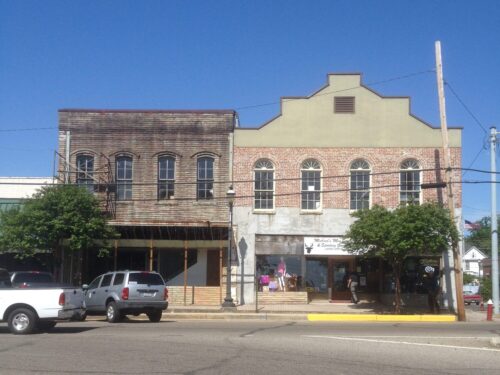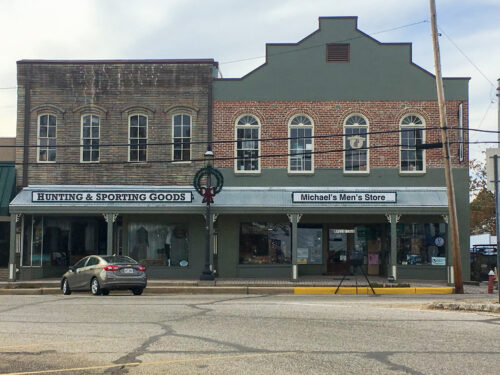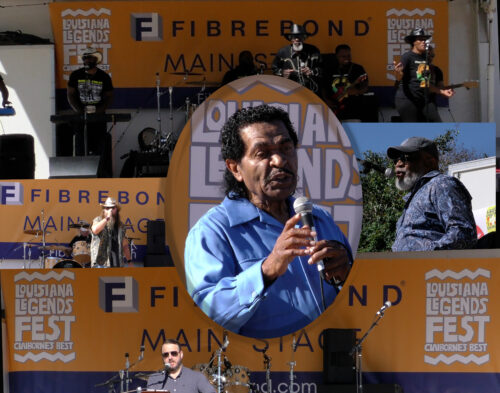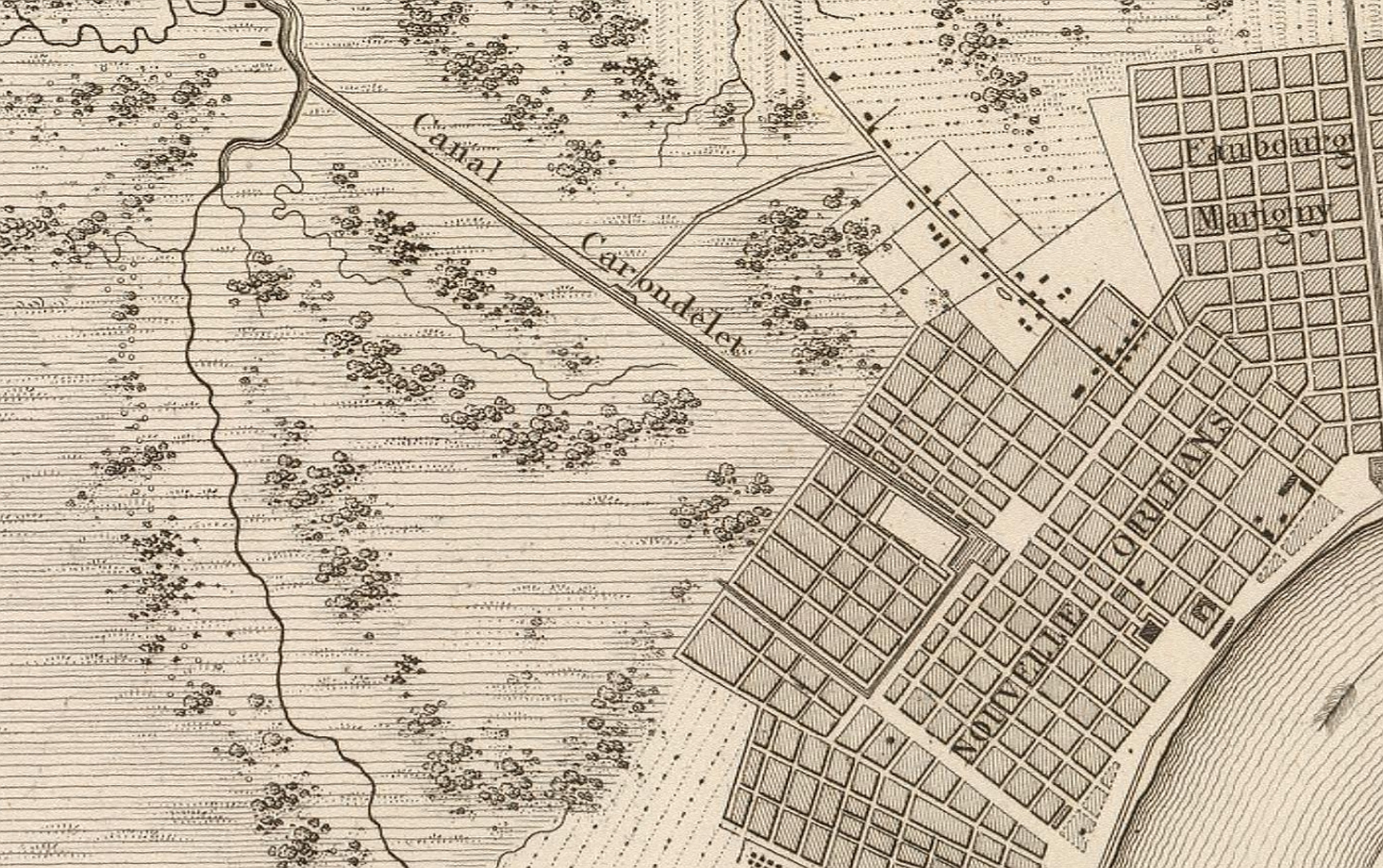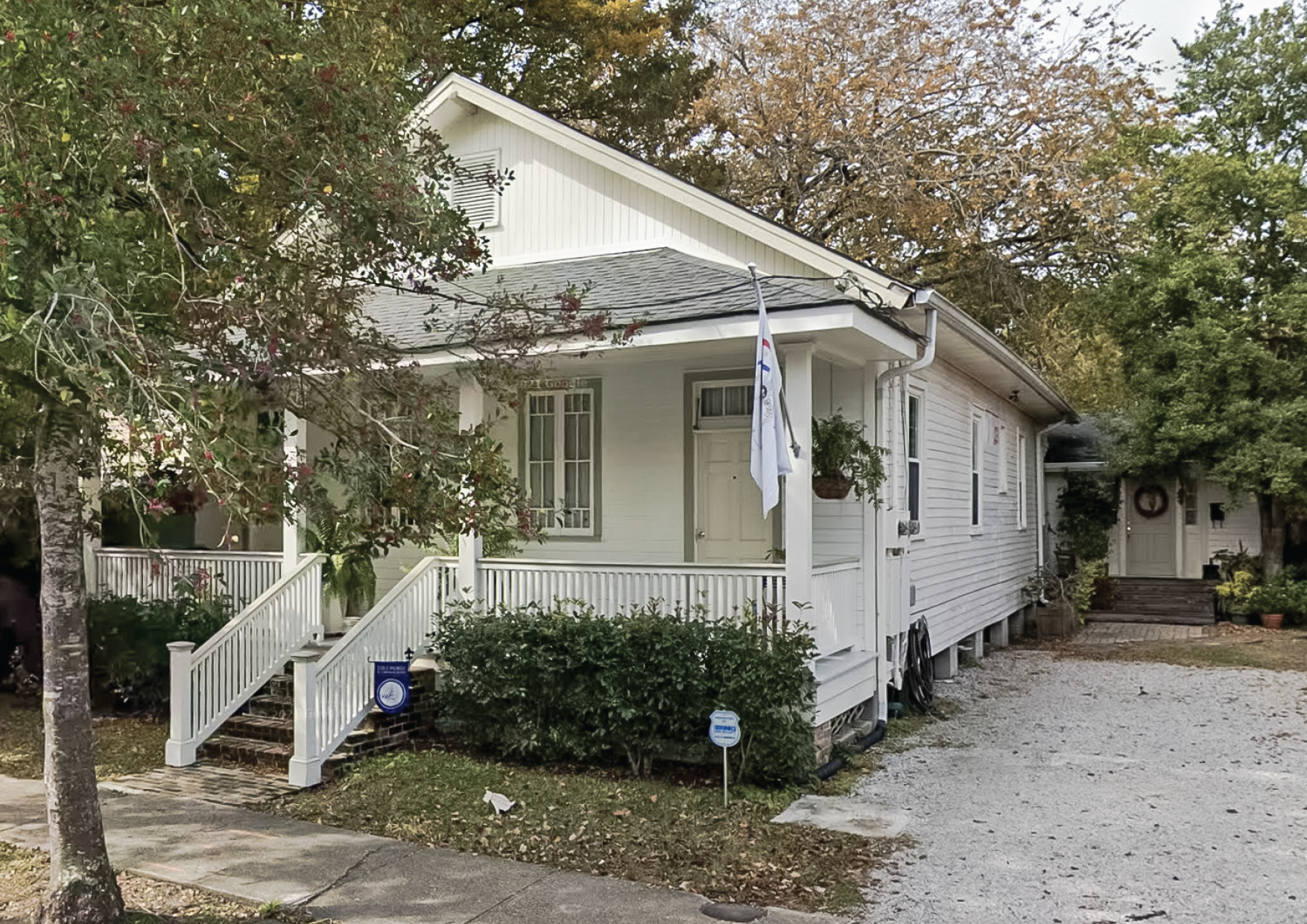by Amanda Lanata, Assistant Director, Louisiana Main Street
This story appeared in the December issue of PRC’s Preservation in Print magazine. Interested in getting more preservation stories like this delivered to your door? Become a member of the PRC for a subscription!
A town of 2,750 in north Louisiana, Homer sits 19 miles from the Arkansas border. The downtown is graced with a classic courthouse square, but in 2014, the area was plagued with a 54-percent vacancy rate. The community also faced a 28-percent poverty rate and lack of economic opportunity. In 1986, a National Register Historic District was established for downtown, an important early step.
Enter Main Street Homer, a nonprofit Main Street organization founded by a group of residents. It became a Louisiana Main Street community in 2014. “We built the organization from scratch,” said April Hand, a Main Street Homer board member. After its founding, the group struggled to meet operating expenses, and for those early years, it focused on fundraising events to support its budget.
Beyond the funding challenges, Main Street Homer didn’t have name recognition or credibility in the community. They notched an early win in 2015 with the exterior rehabilitation of Michael’s Men’s Store and Sporting Goods, a regional outdoors destination. Supported by a Louisiana Main Street restoration grant, the project added historic canopies and signage and repaired the exterior. People who had passed by for years suddenly “discovered” the store.
However, Main Street Homer was still known primarily for its events. “It took us a while to say, ‘Are these events part of our mission statement?’” said Main Street Homer Executive Director Jimmy Hand. “We realized that we needed to focus on what our mission is.” The group started using the tools that Main Street provides, including trainings and conferences, historic rehabilitation tax credits, grants and tax abatements.
They also took advantage of Louisiana Main Street’s resources: technical assistance, market analysis and design assistance. Louisiana Main Street Director Ray Scriber and former Design Coordinator Leon Steele produced architectural renderings for five downtown buildings. These partnerships helped the local Main Street program thrive. “People don’t understand the power that Main Street has,” April Hand said.
In 2016, the Town of Homer agreed to provide operating support. But the turning point came in 2017 with a project to create a community park on a gateway corner into downtown. Main Street Homer negotiated a 100-year lease for use of the vacant lot, which gradually evolved into a donation of the property plus three adjacent buildings. That started a three-year project to clear the overgrown lot filled with poison sumac and weeds and develop a park supported by a Lighter, Quicker, Cheaper grant from Louisiana Main Street and from money raised through IOBY, a crowd-funding platform. The Alabama Kinnebrew Park put Main Street Homer on the map.
PHOTO 1: Michael’s Men’s Store before the 2015 rehabilitation project. PHOTO 2: After rehabilitation: The building owners recreated the historic
canopies and repaired the entrances, soffits, storefront windows, display wall and faux stone. New signage attracts customers. Photos courtesy of LA Main Street.
In 2018, a $25,000 Gannett Foundation/USA Today grant funded the renovation of the Masonic building’s second floor into an arts center, garnering publicity and community awareness. Main Street Homer received three more Louisiana Main Street grants and facilitated three tax credit projects. Jimmy Hand began writing the “Main Street Minute” column in the local newspaper, a popular weekly article.
“The money we get from grants stays in town,” Jimmy Hand said. “All of our contractors are local. They buy their material from M&M Hardware in Homer. That’s economic development right there.”
Businesses started coming back to downtown Homer. “Once you establish a place that people want to come, with the nice park and downtown, people came,” April Hand said. To date, 13 net new businesses have opened downtown, double the total when Main Street Homer first began.
In 2021, a resident offered to organize the Louisiana Legends Fest, a regional music festival celebrating the resources offered in Claiborne Parish. The inaugural event drew 1,500 people to downtown Homer and the Alabama Kinnebrew Park. Main Street Homer served as the fiscal sponsor, but the festival now has spun off into its own nonprofit.
The momentum has increased with the addition of Amri Douglas to the Main Street Board of Directors last year. A Homer native, Douglas has actively recruited new businesses and board members. Increasing the board’s diversity was a priority, and Douglas has helped the organization make strides. “I saw what Main Street Homer was doing and wanted to get involved,” Douglas said. “It’s important to get the whole community — black, brown and white — on board. We are seeing people moving back to Homer.”
The inaugural 2021 Louisiana Legends Festival featured headliner Bobby Rush, center. The event raised $20,000 for local charities and attracted 1,500 people to downtown Homer. Also pictured: Robert Finley, top; Louisiana Swamp Donkey, left; Dorsey Summerfield, right; and Brett Traylor, bottom.
What’s next? Main Street Homer recently secured funding to stabilize the historic Pan-Am filling station and is seeking additional money to complete its conversion into a farmers market. It is also seeking grants to create a new historic district in south Homer and rehabilitate the African American school that shut down in 1970. Main Street Homer recognizes the need for increased partnership with the African American community. “If you have something positive you can work on together, then I think it breaks down some of those barriers,” April Hand said.
Other items on the agenda are increasing connections to Lake Claiborne, activating the new park and supporting young entrepreneurs through Future Business Leaders of America.
“One thing we’ve learned is that you have to have patience in this job,” Jimmy Hand said. “It is small, incremental, tangible, visible steps that people can see. And all of sudden, eight years later, you look back and go, ‘Wow!’”
“Here’s how I know that we made it,” April Hand added. One evening they were touring downtown with a business prospect, looking in windows on a dark street, and a police officer stopped them. April Hand explained who they were to the officer, who exclaimed, “You’re Main Street? You guys are awesome, and I love what you’re doing downtown.”
For more information about the Louisiana Main Street Program and Main Street America, visit www.crt.state.la.us/cultural-development/historic-preservation/main-street/index.

